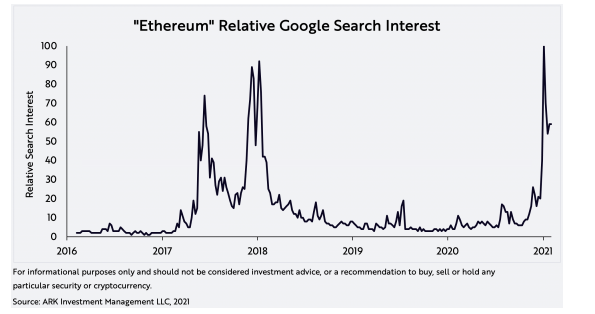|
|
Okay, so I need to figure out what AVAs are. Let me start by breaking down the acronym. AVA could stand for a lot of things depending on the context. The user mentioned AVAs in the context of wine, so maybe that's the right path. Let me check.
AVA stands for American Viticultural Area. That's a term I've heard before in wine regions. But wait, I should make sure. Let me think. In the United States, winemakers use AVAs to define specific wine-growing regions. Each AVA has its own set of climate, soil, and topography characteristics that influence the taste of the wine produced there. For example, Napa Valley in California is a well-known AVA.
But why are AVAs important? They help in identifying the origin of the wine, similar to how AOC works in Europe. This labeling system gives consumers information about where the wine comes from and the unique qualities associated with that region. It also protects the reputation of high-quality wines by ensuring that only grapes grown within the designated area can be labeled as such.
Wait, are there any other common meanings for AVA? Maybe in other fields? Let me think. In technology, AVA could stand for Audio Visual Authority or something related to audio-visual equipment. In medicine, maybe something else. But since the user didn't specify, and given the previous mention, it's safer to focus on the wine industry definition.
I should also consider how AVAs are regulated. The Alcohol and Tobacco Tax and Trade Bureau (TTB) in the U.S. oversees AVA designations. They require a significant degree of difference in climate, soil, and topography to establish an AVA. This ensures that each area has distinct characteristics. For instance, Sonoma County has multiple AVAs within it, like Russian River Valley and Sonoma Coast, each with their own microclimates.
Are there any criticisms or controversies around AVAs? Some argue that the system can be complex and that smaller AVAs might not have enough production to justify their designation. Others believe it's a useful tool for promoting regional diversity and quality. There's also the aspect of marketing; some winemakers use AVA designations to add value to their products.
How do AVAs affect wine pricing? Typically, wines from more famous AVAs like Napa Valley or Bordeaux can command higher prices due to their reputation and the associated quality expectations. However, there are also AVAs that are more affordable but still offer good quality.
I should also mention that AVAs are not exclusive to the U.S. Other countries have similar systems, like France's AOC or Italy's DOCG. These systems help maintain the authenticity and quality of regional wines.
Wait, is there anything else? Maybe the history of AVAs. The concept was introduced in the U.S. in the 1980s, with the first official AVA designated in 1986. Over time, the number of AVAs has grown significantly, reflecting the increasing importance of terroir in wine production.
In summary, AVAs are a crucial part of the U.S. wine industry, providing a structured way to identify and differentiate wine regions based on unique geographical and climatic factors. They play a role in both quality assurance and consumer education, helping buyers make informed choices.
AVAs, or American Viticultural Areas, are designated wine-growing regions in the United States that are recognized for their unique climate, soil, and topography, which collectively influence the characteristics of the grapes grown there. Here's a detailed overview:
Key Features of AVAs:
Purpose:
To identify and protect specific wine regions, ensuring consumers know the origin of the wine.
To highlight the impact of terroir (local environmental factors) on wine quality.
Regulation:
Managed by the U.S. Alcohol and Tobacco Tax and Trade Bureau (TTB).
Requires a significant difference in climate, soil, or topography from neighboring areas to qualify.
Notable Examples:
Napa Valley, CA: Renowned for premium wines like Cabernet Sauvignon and Chardonnay.
Sonoma County, CA: Includes sub-AVAs like Russian River Valley and Sonoma Coast.
Temecula Valley, CA: Known for red and white wines.
Willamette Valley, OR: famous for Pinot Noir.
Impact on Wine:
Quality and Reputation: Wines from iconic AVAs often command higher prices due to established prestige.
Consumer Education: Helps buyers understand regional characteristics (e.g., climate-driven flavor profiles).
Global Context:

Similar systems exist in Europe (AOC, DOCG) and Italy (DOC), emphasizing regional authenticity.
Controversies and Challenges:
Critics argue about complexity and economic viability for smaller AVAs.
Balancing marketing benefits with genuine regional distinctions.
History:
Introduced in the 1980s, with the first official AVA (Napa Valley) designated in 1986.
Over 200 AVAs now, reflecting the U.S.'s diverse wine regions.
Why AVAs Matter:
Quality Assurance: Ensures grapes are grown in specific microclimates.
Economic Impact: Boosts local economies and supports wine tourism.
Cultural Preservation: Celebrates regional heritage and viticultural traditions.
In essence, AVAs are a cornerstone of U.S. wine identity, bridging geography, quality, and consumer trust.
|
|